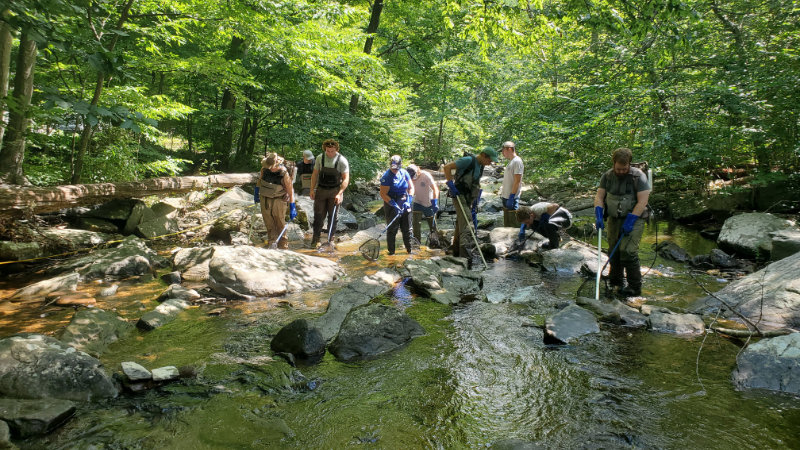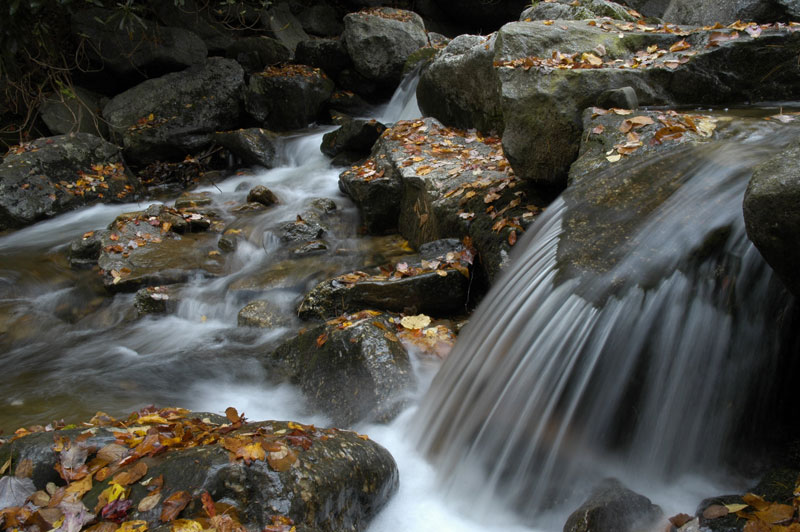Agricultural practices influence soil microbiome assembly and interactions at different depths identified by machine learning
https://stroudcenter.org/wp-content/uploads/publication-e1554320152730.jpg 350 210 Stroud Water Research Center Stroud Water Research Center https://stroudcenter.org/wp-content/uploads/publication-e1554320152730.jpgMo, Y., R. Bier, X. Li, M. Daniels, A. Smith, and J. Kan. 2024. Microbiome, early online access.



